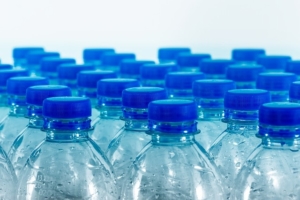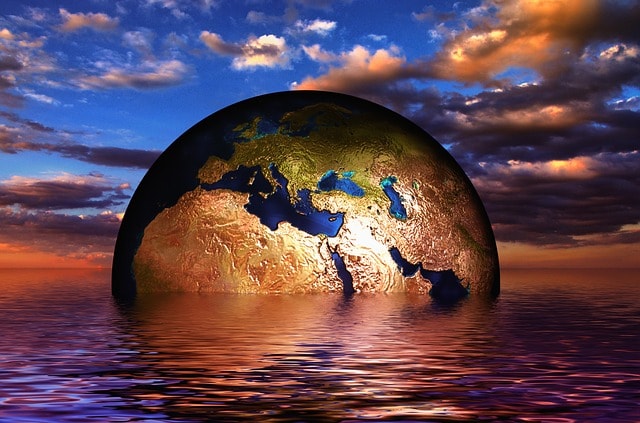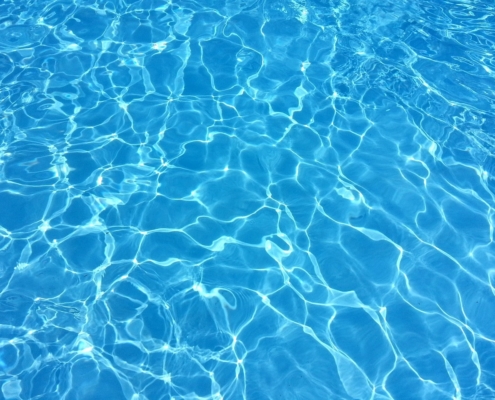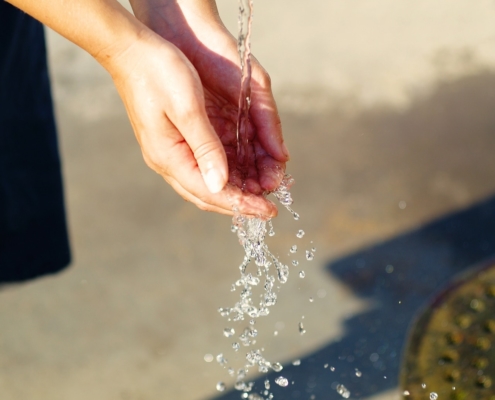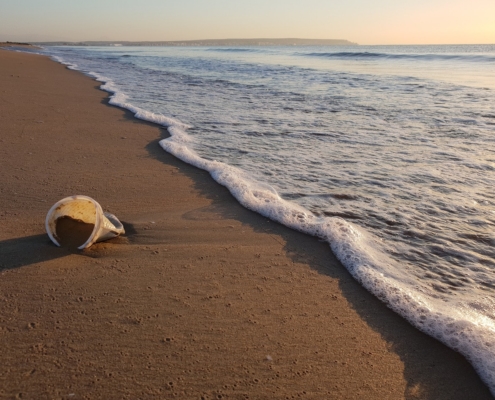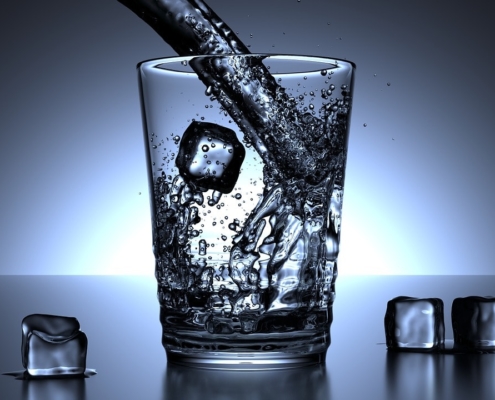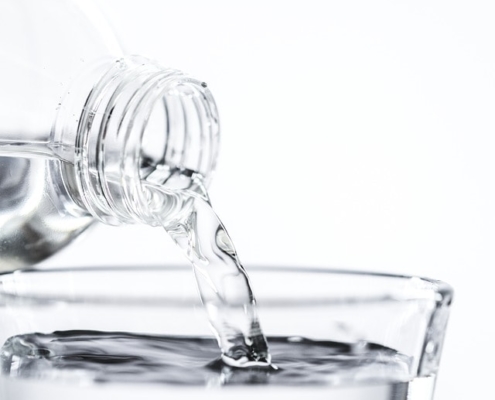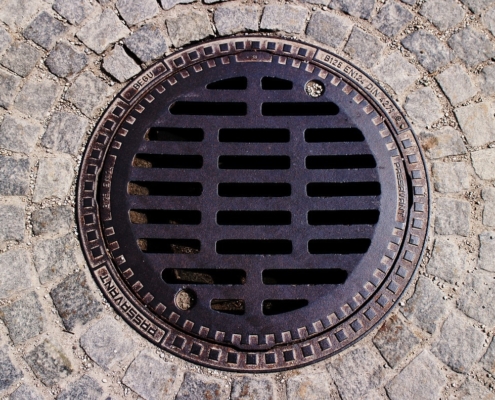 https://riefilt.de/wp-content/uploads/2019/07/channel-1692671_1280-min.jpg
856
1280
Alexander Riebe
https://riefilt.de/wp-content/uploads/2023/09/RIEFILT-Wort-und-Bildmarke-300x38.png
Alexander Riebe2019-09-22 21:42:292019-09-22 21:42:29Drinking water pollution - reasons & countermeasures
https://riefilt.de/wp-content/uploads/2019/07/channel-1692671_1280-min.jpg
856
1280
Alexander Riebe
https://riefilt.de/wp-content/uploads/2023/09/RIEFILT-Wort-und-Bildmarke-300x38.png
Alexander Riebe2019-09-22 21:42:292019-09-22 21:42:29Drinking water pollution - reasons & countermeasuresMicroplastic in tap water – causes and consequences
Plastic is indispensable. No matter whether it’s the production of drinking bottles, toys, tools, electrical appliances or bags, the practical, versatile material is used everywhere. But what is so natural is a big problem because plastic is not biodegradable. The tiny particles pass through the sewage into the oceans and the ecosystem, where they cause significant damage. The consequences for the environment, animals and humans are serious: it leads to microplastics being found in tap water.
Microplastic in tap water – a big problem worldwide
The garbage of various plastic products or conventional plastic waste that ends up in the environment, decays with time in the lakes and seas in microplastics. These are the smallest plastic particles that have serious effects on the marine fauna. The decomposition into tiny fragments occurs through chemical and physical processes, such as UV radiation, flow or friction. Microorganisms in the sea absorb it, so it also reaches our food chain. In addition, more than 80 percent of tap water worldwide is heavily contaminated. In Germany too, microplastics are contained in tap water. Who wants to eat or drink plastic? Probably no one and yet many do it without knowing it. The Federal Environment Agency suspects that microorganisms do not completely decompose plastics. For example, a plastic bottle should take more than 400 years to decompose. So it happens in many ways about the groundwater that microplastic ends up in tap water. The effects of billions of tons of plastic are not yet apparent.
Microplastic in tap water – what does this mean for your health?
The question remains what microplastics in tap water means for health. There are currently no reliable studies available. However, marine chemists explain that the small plastic particles in marine animals, such as fish that absorb microplastics through food and filtration of seawater, can cause liver and cell damage. Larger plastic parts can clog the digestive devices. An increased tumor formation and a much higher death rate are to be feared in the marine animals. Microplastic can often be detected in studies because they confuse the particles with food. The exact health risks in humans are still being researched. Certainly microplastic in tap water is not beneficial for the health since it is, after all, debris which, on the one hand, carries pollutants and on the other releases toxins.
Microplastic in tap water – how does it get into it?
To date, it is not possible to completely filter out of the water the small plastic particles that are created by the disintegration and abrasion of larger parts such as bags or packaging. They pass even the finest water filters, so that they permanently enter the water cycle and thus microplastic is contained in the tap water or in our drinking water. This is a secondary microplastic. There are also primary microplastics. We are talking about plastic parts made for certain products, such as cosmetics. When showering or removing make-up, the microplastic parts first enter the sewage treatment plants via the wastewater and during the utilization of the sewage sludge the fields are enriched. As a result, microplastic is in tap water. Also a problem are garments made of synthetic fibers such as polyester or polyamide. With every wash, tiny fibers are lost. The washing machines are usually unable to filter them out of the water. The same applies to the treatment plants, so that they end up in the environment. Synthetic fiber clothing is considered the main source of microplastic in waters.
Microplastics in tap water – what can we do about it?
By throwing away garbage and inadequate recycling and disposal systems, plastic gets into the environment and seas. Wherever water is to be available in the purest and purest quality or always available, special systems offer a universal application. They are variably tailored to your own needs. The systems can also be controlled fully automatically. Possible uses include drinking water and ultrapure water production or wastewater treatment. The veterinary inspection office Münsterland-Emscher-Lippe has found microplastic even in mineral water. Waters from reusable plastic bottles were particularly heavily loaded, whereby also mineral water contained in glass bottles partly particles. In order to avoid microplastics from the clothing, textiles made of synthetic fiber fabric should be dispensed with. Clothes made of natural fibers such as cotton, hemp or linen are better. In addition, it is advisable to choose natural cosmetics to avoid microplastics in tap water.
Summary – Microplastic in tap water global problem
Plastic and above all microplastic articles have become a major global environmental problem. They are simply too small, so they are not filtered by the waterworks. Plastic remains in the environment hundreds of years, which is a big problem especially in rivers, lakes and seas. Even today, huge quantities of tiny plastic particles are floating there, where highly toxic pollutants such as environmental toxins accumulate. Particularly unnecessary, but widespread, is the use of microplastic in the manufacture of cosmetics. In the natural cycle, it can hardly be removed. What impact this has in the long term is so far difficult to estimate. The consequences will be seen in the future. It is important to curb plastic consumption in everyday life. Tap water usually contains less microplastics. If you want extra security and want to protect yourself from contamination, you can refine it with special filter systems and thus ensure high purity and hygiene.
Service
Read more about our services.
Our B2B Shop
Visit our B2B Shop for filter equiptment
Contact
Get in touch.

